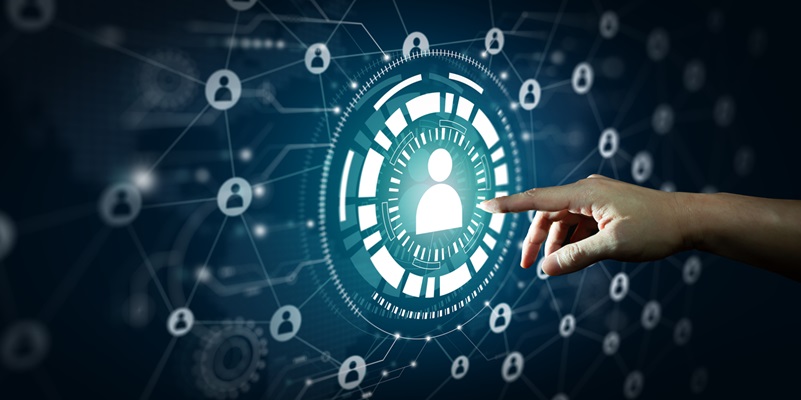The integration of AI tools and models in hiring processes has become increasingly common in the modern world. However, concerns have been raised about the potential bias and disadvantages that these AI systems can impose on certain groups of individuals. This article examines the challenges and limitations of AI in recruiting, explores the benefits of combining AI and human interaction, presents a different approach to AI bias, and discusses the risks and benefits of AI in recruitment. Additionally, it highlights how AI can enhance the candidate experience through features such as chatbots and virtual assistants.
Disadvantages of AI Tools in Recruiting
As AI tools are built upon historical data, they can inadvertently perpetuate existing biases and disadvantages faced by certain groups. In industries where certain demographics have historically been favored, AI can reinforce these biases, leading to further discrimination in the hiring process.
AI models heavily rely on historical data, but this data can be inherently flawed, skewed, or inaccurate. Consequently, these flaws can be perpetuated in the AI’s decision-making process, leading to biased and unfair outcomes for candidates.
Limitations of AI without Human Input
Without human input, AI tools may overly narrow their focus on specific criteria, potentially overlooking valuable candidates who possess unique skills or non-traditional career paths. Human intervention is crucial to ensuring a holistic evaluation and selection process.
To create diverse and inclusive workplaces, it is essential to perform a gut check at various stages of the hiring process. This involves examining whether the pool of candidates is representative of different backgrounds, experiences, and skill sets.
The Benefits of Combining AI and Human Interaction
The ideal recruitment process involves a harmonious collaboration between AI tools and human input. AI can efficiently handle manual tasks, such as screening resumes, while human recruiters bring their expertise in evaluating soft skills, cultural fit, and assessing potential biases in the AI algorithms.
Human recruiters possess the ability to adjust job descriptions and screening criteria to attract a more diverse pool of candidates. By considering additional characteristics and qualifications beyond strict technical requirements, recruiters can ensure a wider range of perspectives is considered.
Approaching AI Bias Differently
To combat AI bias, a different approach is needed. Instead of focusing solely on past work experience, recruiters should aim to view candidates as whole individuals, considering their potential, transferable skills, and diversity of experiences.
AI systems can be susceptible to biased language cues. By developing and training AI models to identify and eliminate specific language biases, recruiters can reduce the influence of discriminatory factors in candidate evaluations.
Balancing Risks and Benefits of AI in Recruiting
Companies that rely solely on biased AI models in their hiring processes run the risk of legal and reputational consequences. By perpetuating discriminatory practices, they reinforce systemic inequalities and limit themselves from accessing top talent.
While biased AI poses risks, there are legitimate and valuable uses for AI technology in recruitment. For instance, AI-powered chatbots and virtual assistants enhance the candidate experience by promptly scheduling interviews, sending follow-ups, and providing answers to common questions.
Enhancing the Candidate Experience with AI
AI-powered chatbots and virtual assistants can handle routine candidate interactions, providing a streamlined and efficient experience. Candidates receive timely responses, personal assistance, and access to information, thereby enhancing their overall satisfaction.
Benefits of AI in scheduling interviews, follow-ups, and answering common questions:
AI tools excel in automating administrative tasks in recruitment, such as scheduling interviews and sending follow-up emails. This not only saves time and resources for recruiters but also ensures a smooth and prompt communication process for candidates.
To create fair and unbiased hiring processes, a balanced approach that combines AI tools with human intervention is crucial. While AI can streamline certain aspects, it is essential to consciously address bias, ensure diversity, and view candidates holistically. By leveraging AI’s capabilities in enhancing the candidate experience, recruiters can optimize their processes while creating a more inclusive and diverse workforce. Through ongoing evaluation and adjustment, the integration of AI and human input in recruitment can lead to better outcomes for candidates, organizations, and society at large.

